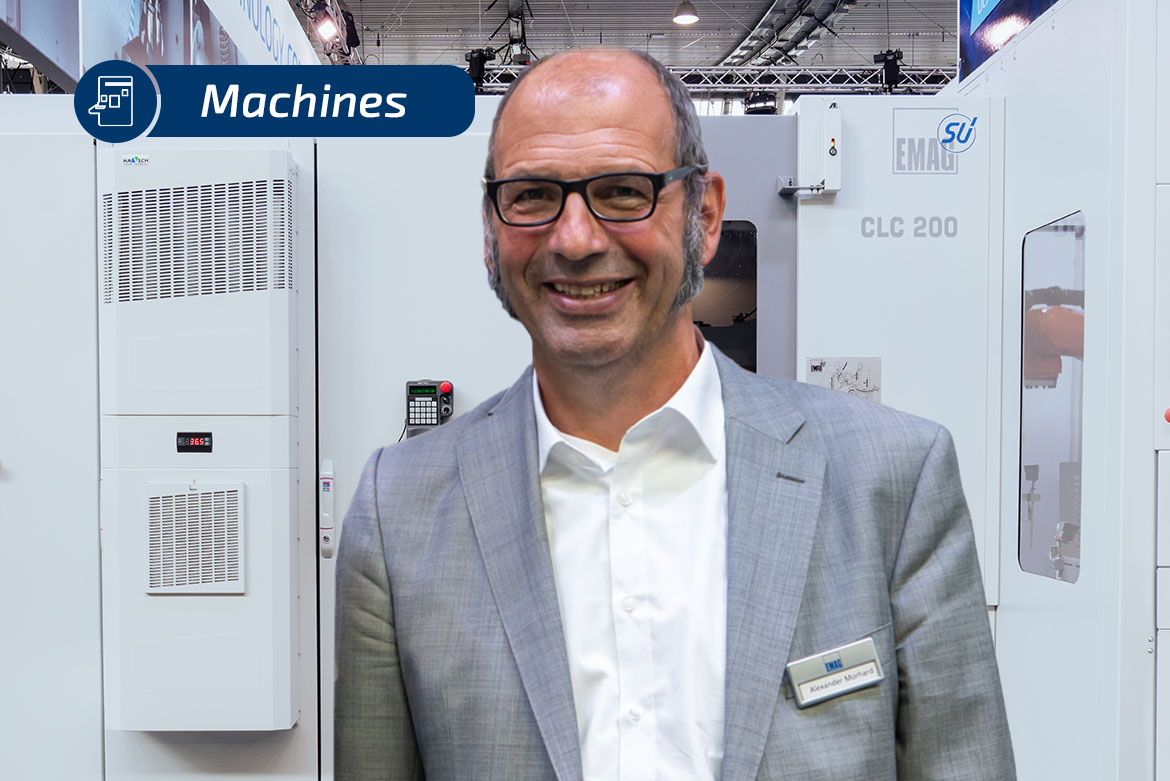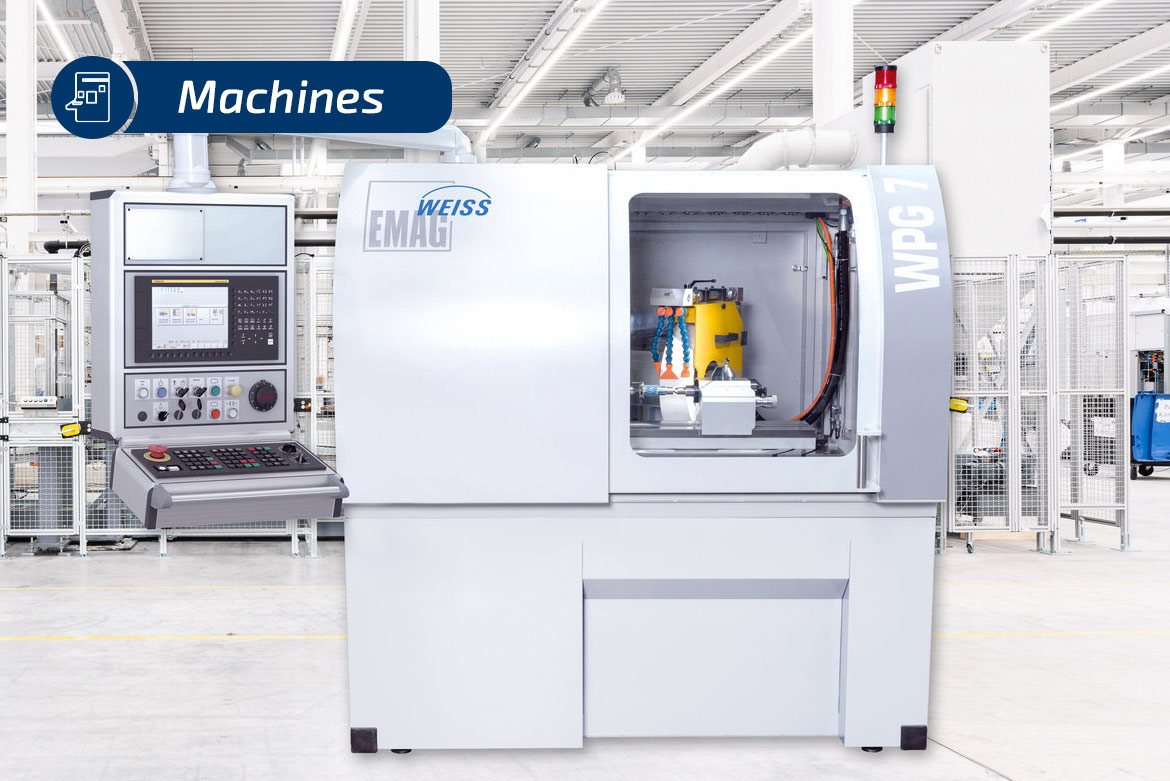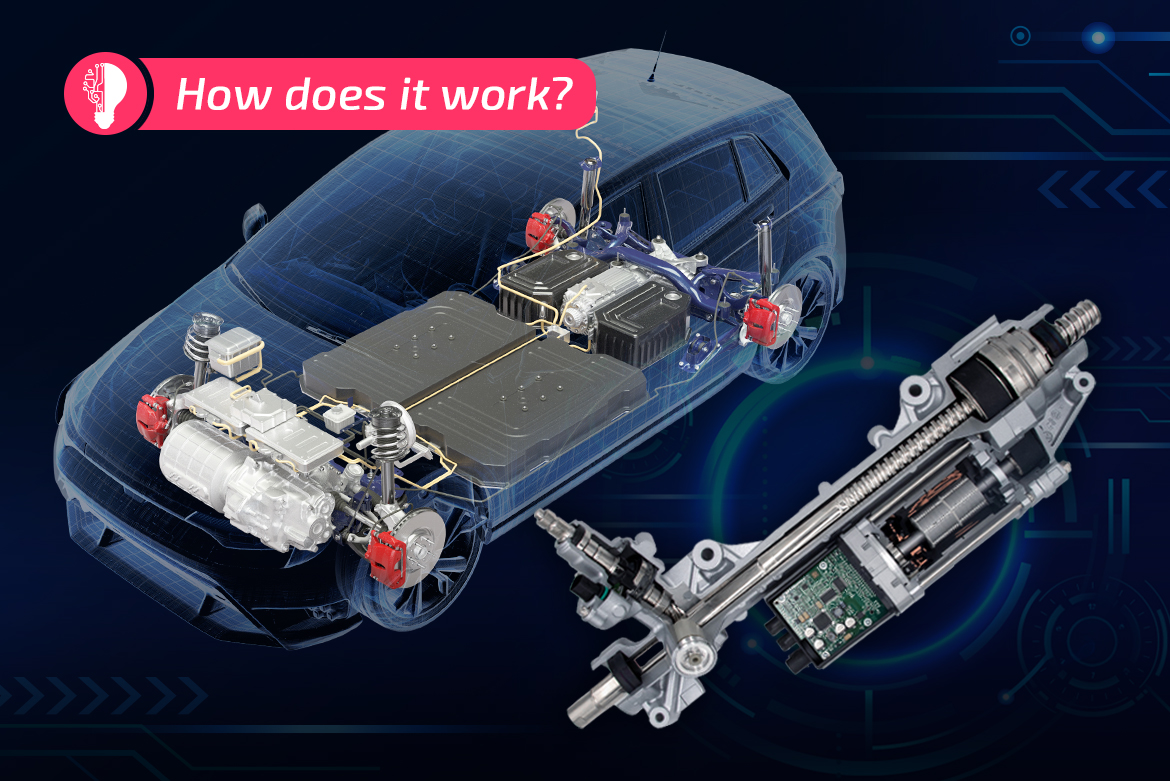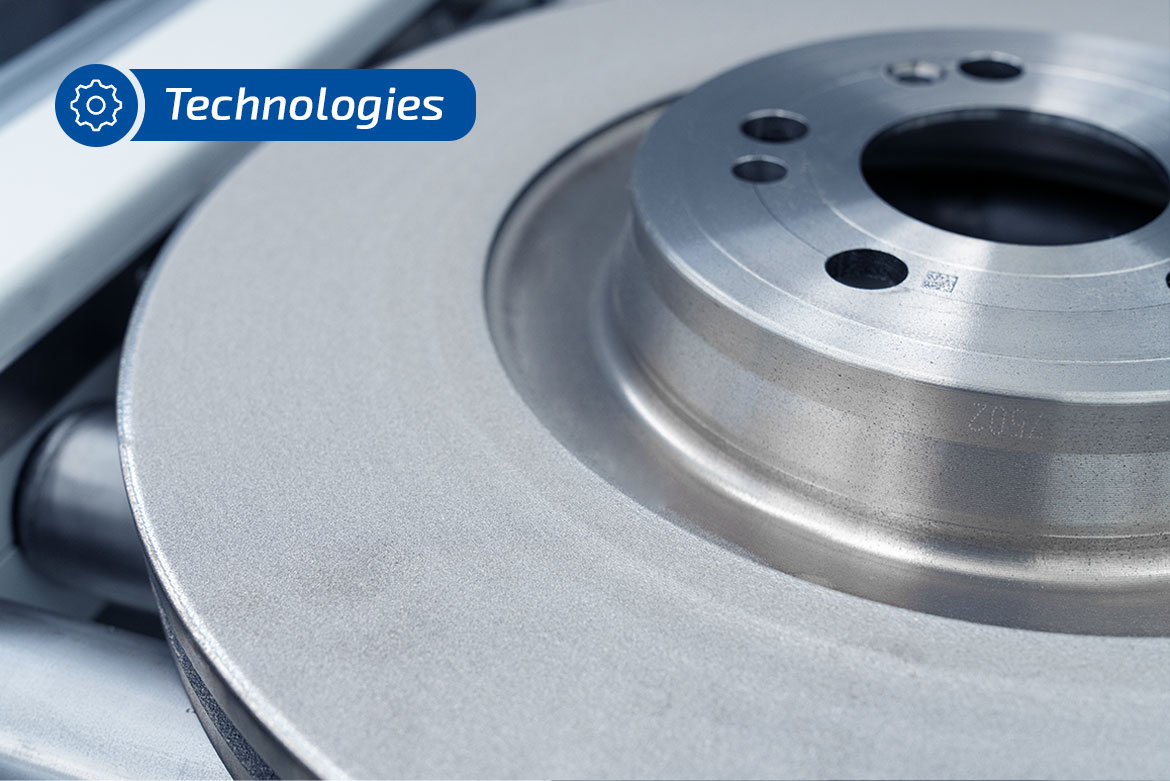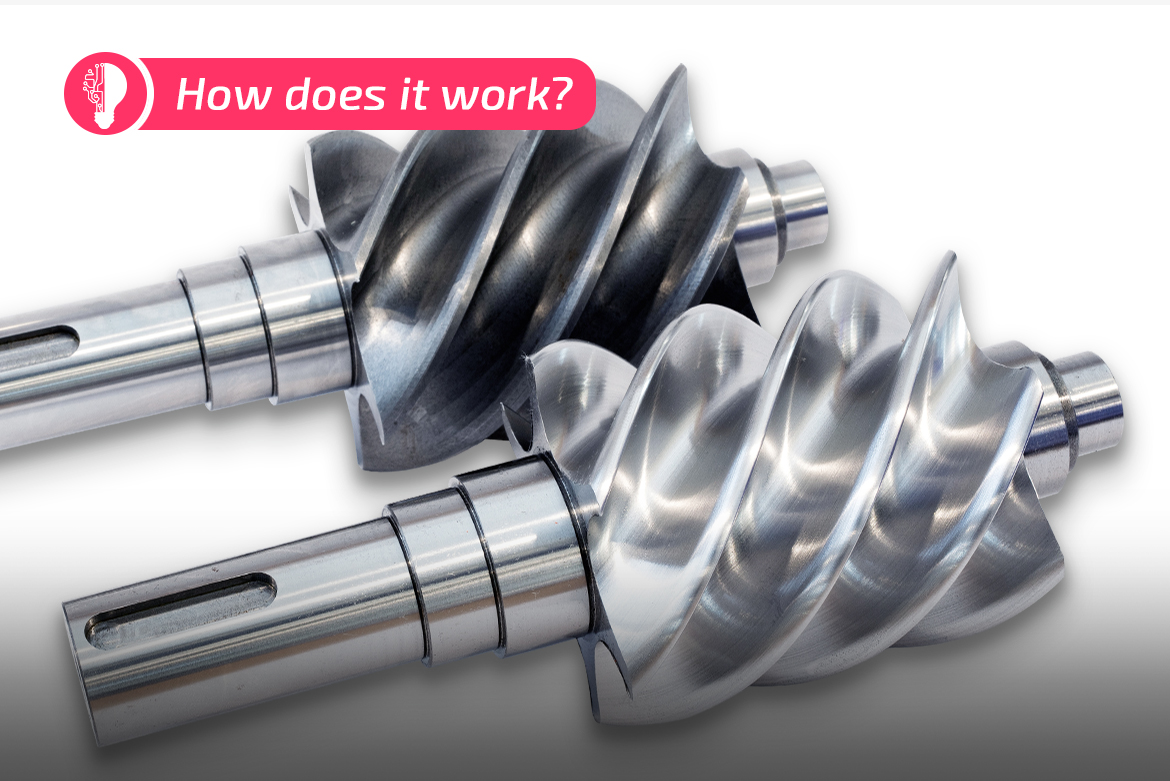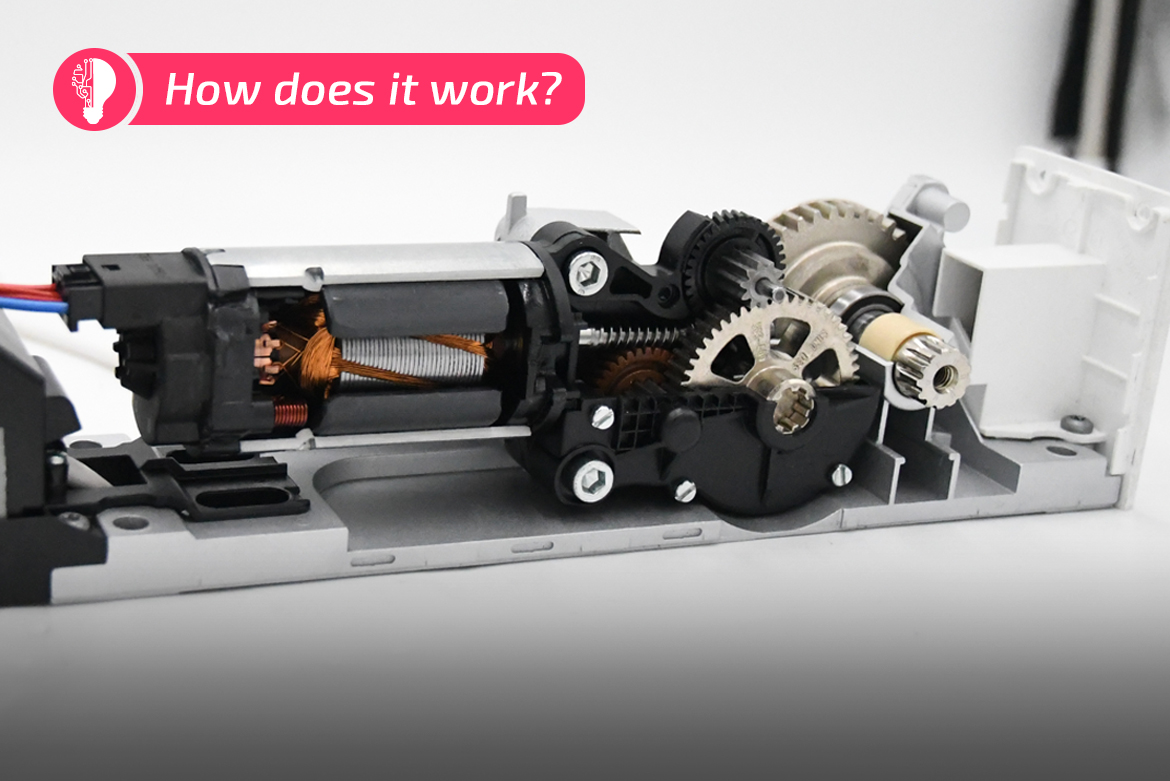The CLC 200 is a powerful gear hobbing machine that has been specially developed for the machining of gears, gear cutting shafts and worm gears up to module 5. In this interview, Alexander Morhard, Technical Sales Support Manager at EMAG SU, gives an overview of the most important features, advantages and areas of application.
Oliver Hagenlocher
At its core, cylindrical grinding is all about precision. This process involves machining the external or internal surface of a cylindrical workpiece using grinding machines equipped with rotating wheels. These machines remove material through abrasion, delivering exact dimensions and smooth finishes. Whether it’s external or internal grinding – or even a mix of both – this technique plays a pivotal role in producing high-quality parts for industries like automotive, aerospace and more.
The car steering of the future will be different: largely electric and autonomous – the driver will be increasingly supported by intelligent systems. But how exactly do the various steering systems work and what role does the wheel suspension, including wishbones, play? We explain.
Imagine your old machine tool suddenly being able to do more than ever before – and with less energy consumption. What sounds like a dream has become reality with EMAG’s retrofit solutions. In this interview, Markus Heidel, Head of the Retrofit Business Unit at EMAG, explains how used machines can be turned into real speedsters and why this concept will shape the future of mechanical engineering.
With the introduction of the EURO 7 standard, braking systems in cars will have to undergo massive changes, as this is the first time that particulate emissions have been regulated and many current models do not meet these requirements with their brakes. What does this mean in concrete terms for automotive production, what role does the hard coating of brake discs play and why is EMAG’s new laser metal deposition technology the ideal solution? An interview with Dominic Grimminger, brake disc coating expert at EMAG.
Compressors have been around for thousands (!) of years – as an indispensable aid in the production of high-quality metals. Modern screw compressors, on the other hand, are a relatively new invention from the 20th century. What distinguishes the technology in detail and where is it used today? Answers can be found here!
ECM is an innovative technology for machining the barrels of sporting guns. A special rifling module is used in the PI machine. The result is a highly precise and homogeneous field rifling profile for short and long barrels.
Alexander Morhard, Technical Sales Support Manager at EMAG SU, talks in an interview about the G 160 gear generating grinding machine, the fastest machine of its kind for gear production. He provides insights into the innovative axis concept, the high gear quality and the wide range of possible applications in gear manufacturing and electromobility.
Automatic doors are familiar from hospitals, for example: after briefly pressing a button on the wall, the structure opens automatically, which is a great help when transporting beds, for example. Automatic door openers of a similar type can also be found in many companies and stores, at airports, as “airlocks” in research stations and in front of barrier-free toilets. A sophisticated gearbox usually operates inside them.
With the new VST 50 machine, EMAG is for the first time tackling a task that is as special as it is demanding: the machining of ball pins and ball sleeves. In the steering or suspension of cars, for example, these components are indispensable. What are the details of the VST 50 and how can extreme chip-to-chip times of less than two seconds be achieved in this field? Read more about this challenge in our conversation with Dr. Mathias Klein, CSO of the EMAG Group.
